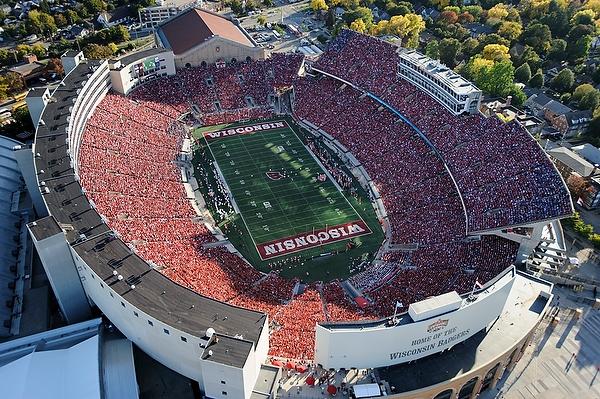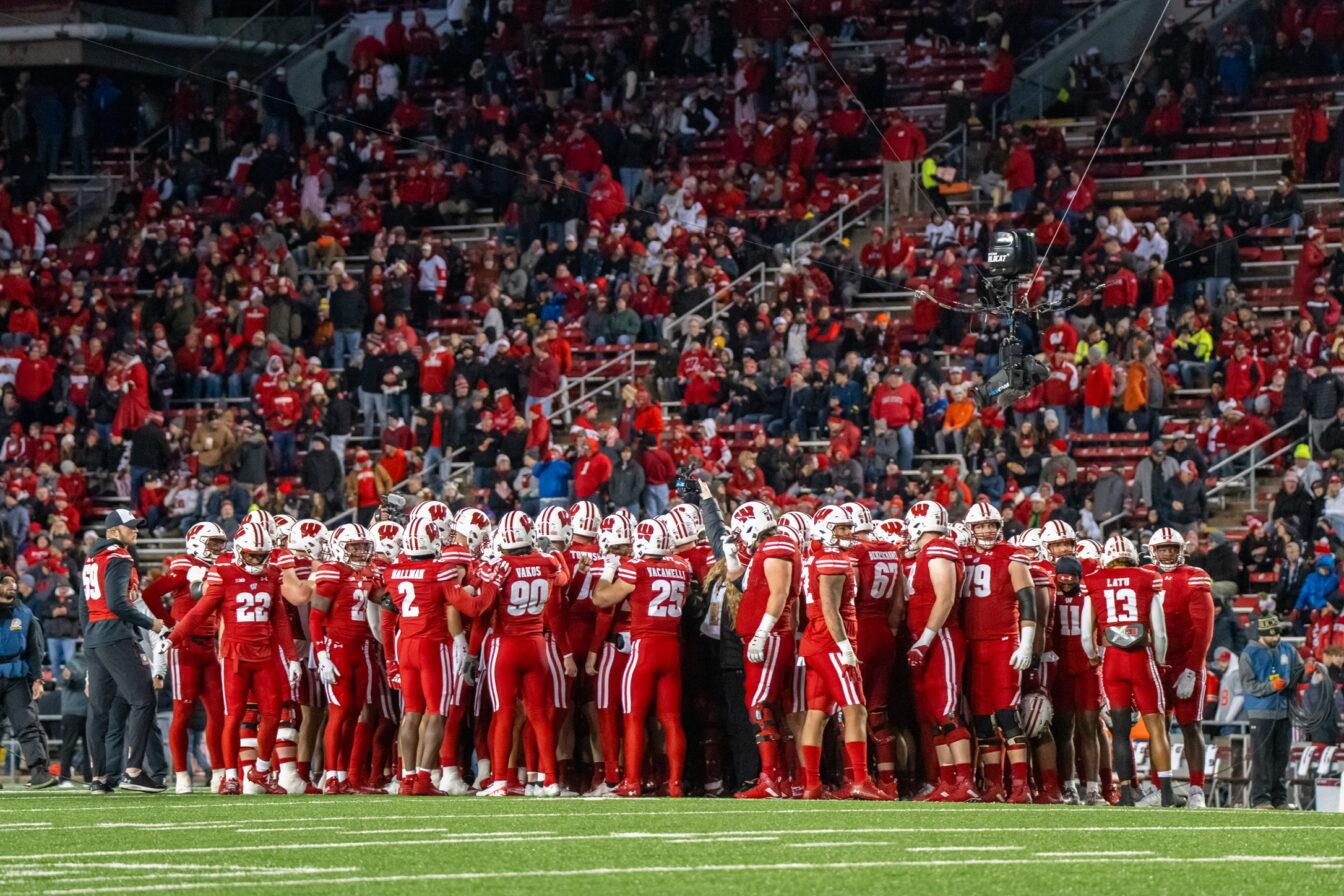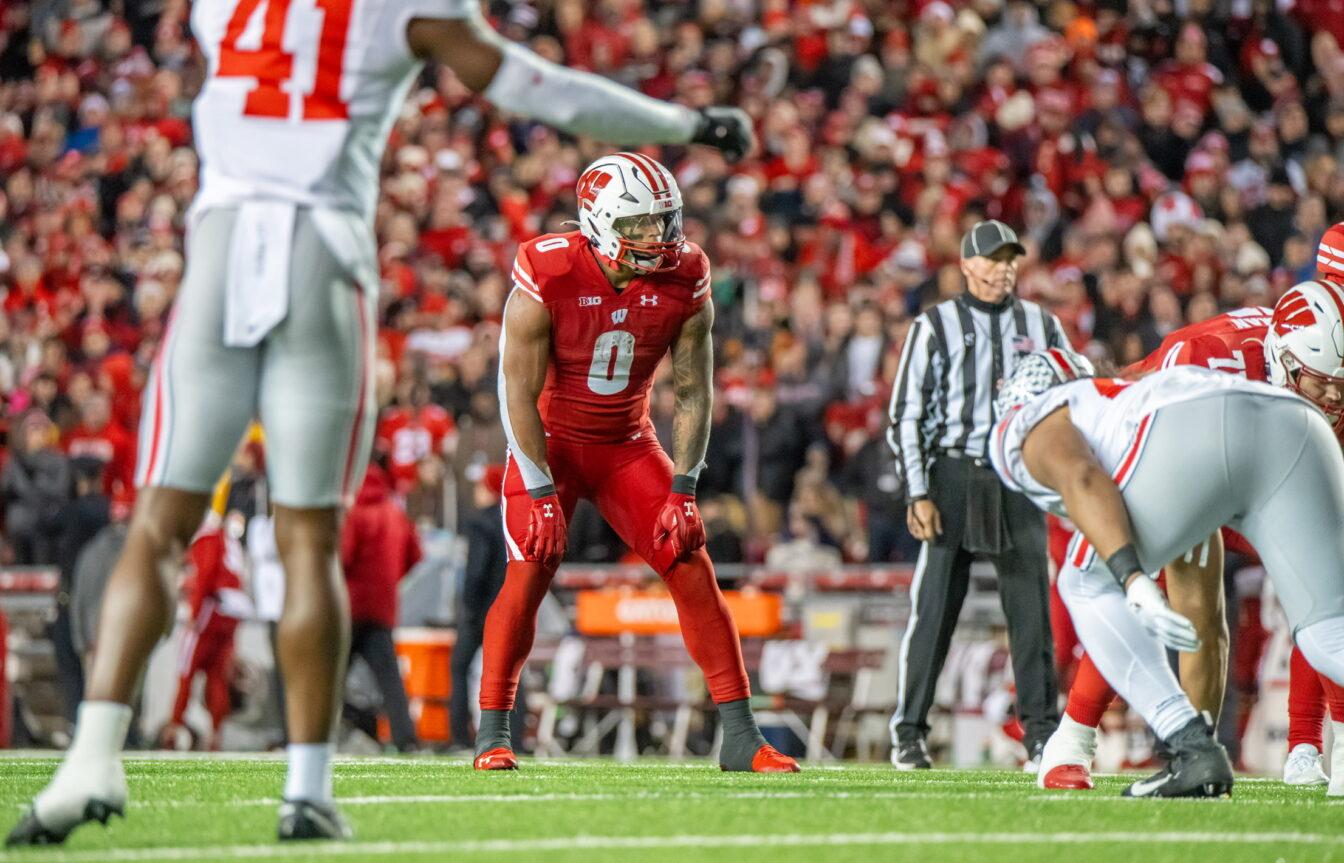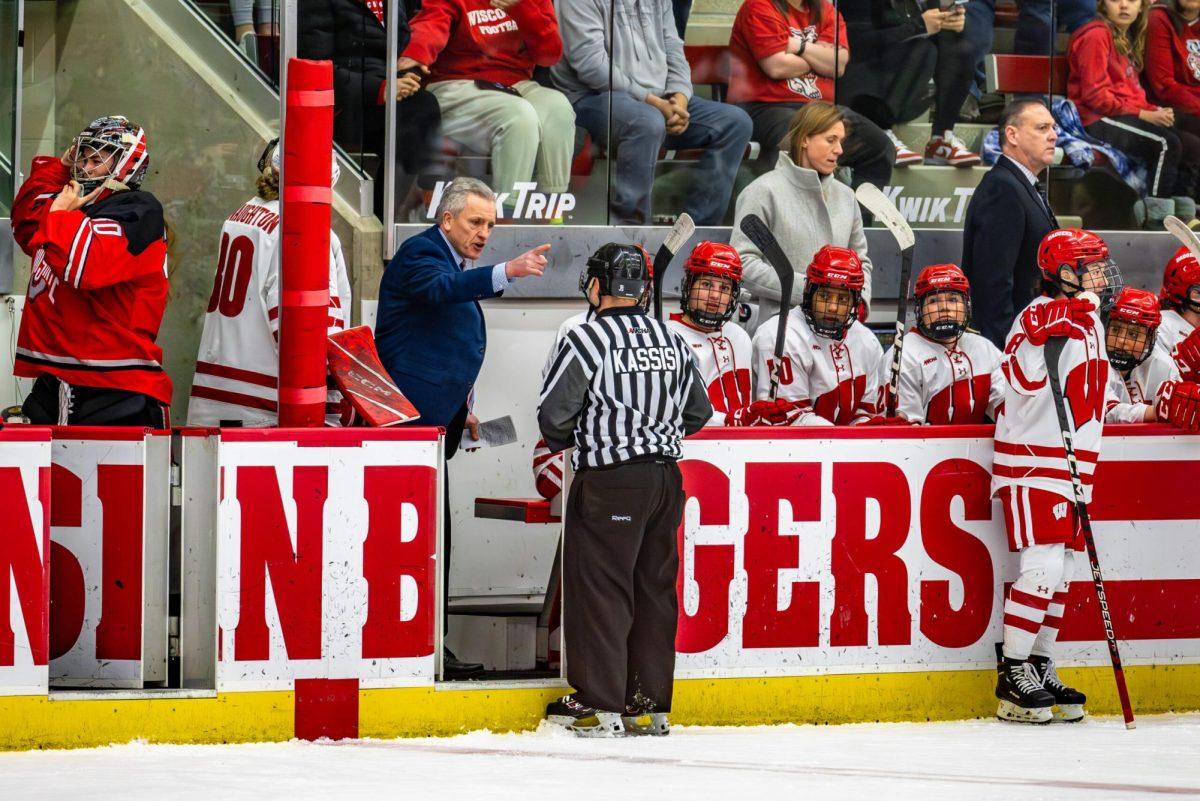Today, Camp Randall Stadium can hold upwards of 80,000 football fans at capacity after a long journey of innovation, renovation and construction, beginning a century ago in 1917. The stadium now serves as the vehicle that allows Badger fans to come together in a sea of red, but this was not the original purpose of 1440 Monroe St.
Beneath the layers of concrete where spectators “jump around,” and below the turf where Badgers play football, lies the grounds of a former Civil War training camp for the Union Army. After Union forces surrendered to the Confederates at the Battle of Fort Sumter near Charleston in 1861, Abraham Lincoln urged the northern states to mobilize troops.
Wisconsin football: The best coaches to have led the Badgers
Governor Alexander Randall, Wisconsin’s first wartime governor, created what is now called “Camp Randall” to train Union soldiers in Wisconsin. This land was donated to the wartime cause from the State Agricultural Society, who had used the land to host the annual Wisconsin State Fair.
The camp trained more than 70,000 Union Army recruits from all over Wisconsin from 1861, until the end of the war in 1865. Starting in 1862, over a thousand Confederate soldiers were kept at Camp Randall as prisoners of war after having been captured in the Battle of Island Number Ten on the Mississippi River.
The Board of Regents purchased the site of Camp Randall for $25,000 in 1893 from a group of businessmen and then granted the property to the University of Wisconsin. The football team and baseball team did not use the location until 1985. In the interim, it was used by the university as an athletic facility for the track and field team.
The iconic arch on the east side entrance of Camp Randall was installed by the state in 1911, and the cannons were added to the historic scene in 1913. This six-acre area of foliage is known as Memorial Park.
This athletic facility featured wooden bleachers, but three sections of the bleachers collapsed during a football game on November 20, 1915 while the Badgers were playing Minnesota. The state then provided funding to the university to build a concrete stadium, which was complete in 1917. 7,500 concrete seats were added, but there were still thousands of remaining wooden seats in place. In 1922, the wooden bleachers burned down after a fraternity game.
The Wisconsin Badgers have been the tenants of the location from November 3, 1917 to the present. Camp Randall hosted its first home game on this date when they played Minnesota in a 10-7 victory. There were only 23 players on the school’s football roster for the 1917 season, due to World War I and the Selective Service Act.
The 1917 construction of the stadium designed by Arthur Peabody cost $15,000, which is approximately $280,000 now. The original stadium had a maximum capacity of 11,900 people. By 1924, Camp Randall expanded and could accommodate 33,000 people. This was the first time the stadium had seats surrounding all four sides of the field.
Camp Randall initially had a natural grass field that was played on through 1967. Beginning in 1968, artificial grass called “Astro Turf” was used on the field up until the early 2,000s. This surface was replaced in 2003 with a different brand of turf, “Field Turf,” which is still used today.
What being a Badger means to me: Wisconsin football players reflect on being a Badger
Over the course of the 20th century, Camp Randall underwent a series of expansions to accommodate more people in the space. Beginning in 1926, 38,293 people could be seated at Camp Randall. In 1940, 45,000 could be hosted in the sports complex. And in 1951, 51,000 people could partake in Badger game day. In 1958, this number jumped to 63,425. In 1966, Camp Randall Stadium achieved a capacity above 76,000 people and lasted for a few decades until further construction.
Pink Floyd held a concert at Camp Randall in 1988. Four years later, Phil Collins performed with Genesis at Camp Randall. That same year, U2 went to Camp Randall before a Badger football game, and performed “Where the Streets Have No Name,” the legendary song featured at every Wisconsin home game. In 1994, Pink Floyd returned to Camp Randall to perform, and U2 returned to Camp Randall for their tour in 1997. At the Purdue game on October 10, 1998, “Jump Around” was played after the third quarter, marking the beginning of a longstanding Wisconsin football tradition.
Camp Randall Stadium underwent a major renovation beginning in 2001 and ending in 2005. As a result, the stadium’s capacity spiked up to its current 80,321 people. Among the significant changes, new scoreboards were installed, box seats were added to the east side, the restrooms and concession stands were upgraded, a third level concourse was built, “Badger Alley” was introduced and a five-story building for the athletic department was constructed. The price of this renovation was about $110 million.
Today, Camp Randall is the 41st largest stadium in the world, and the fifth largest stadium in the Big Ten conference. Camp Randall is the oldest stadium in the Big Ten and the fifth oldest stadium in all of college football. Only Ole Miss, Georgia Tech, Mississippi State and the University of Cincinnati have older football stadiums.
From its origin, Camp Randall has been a signifier of success. Whether it’s for earning first place in a harvest competition at the State Fair, maintaining national unity during wartime, or Badgers coming together in a homecoming football game, Camp Randall has been the place for Wisconsin to win.



















